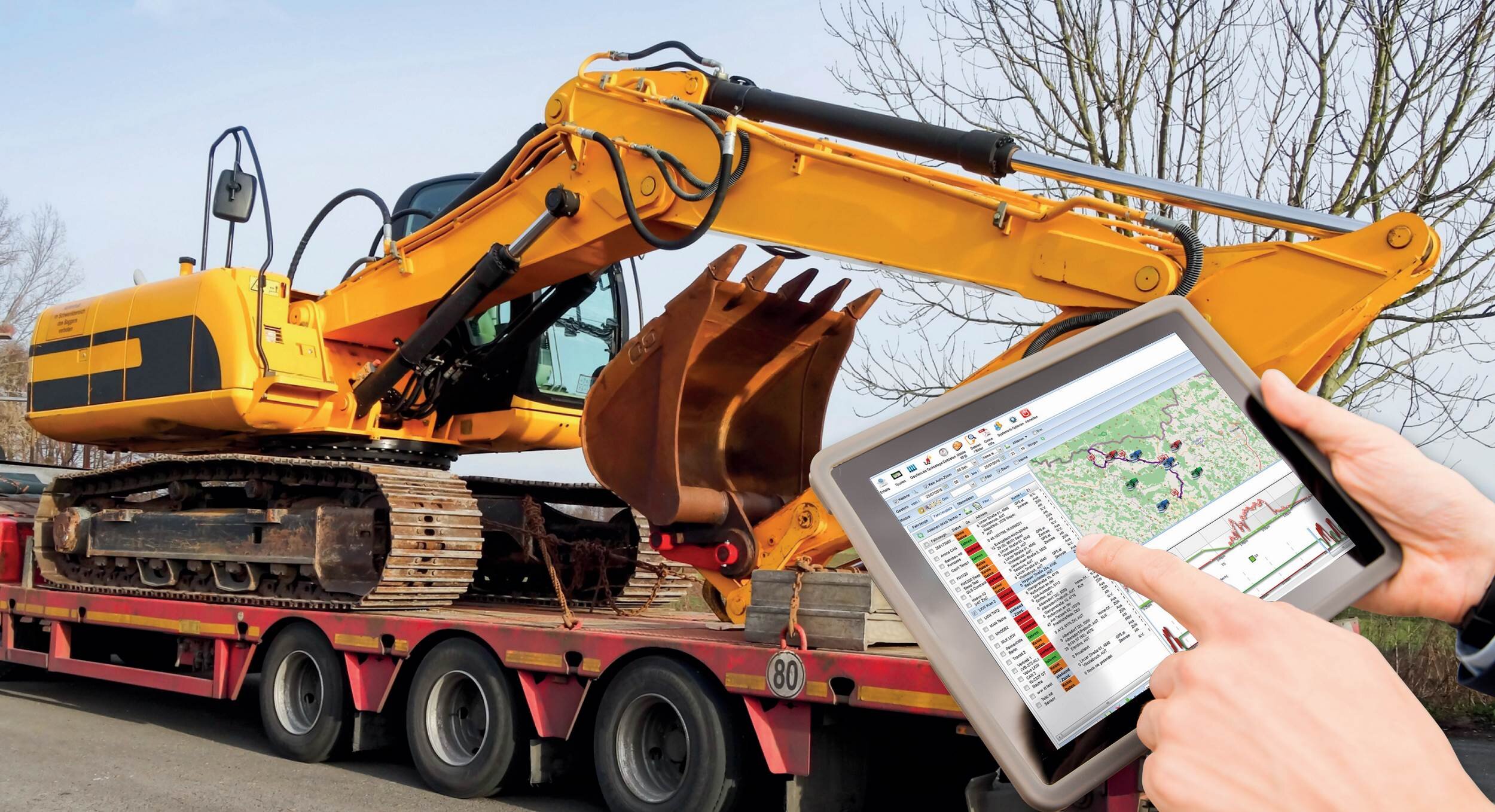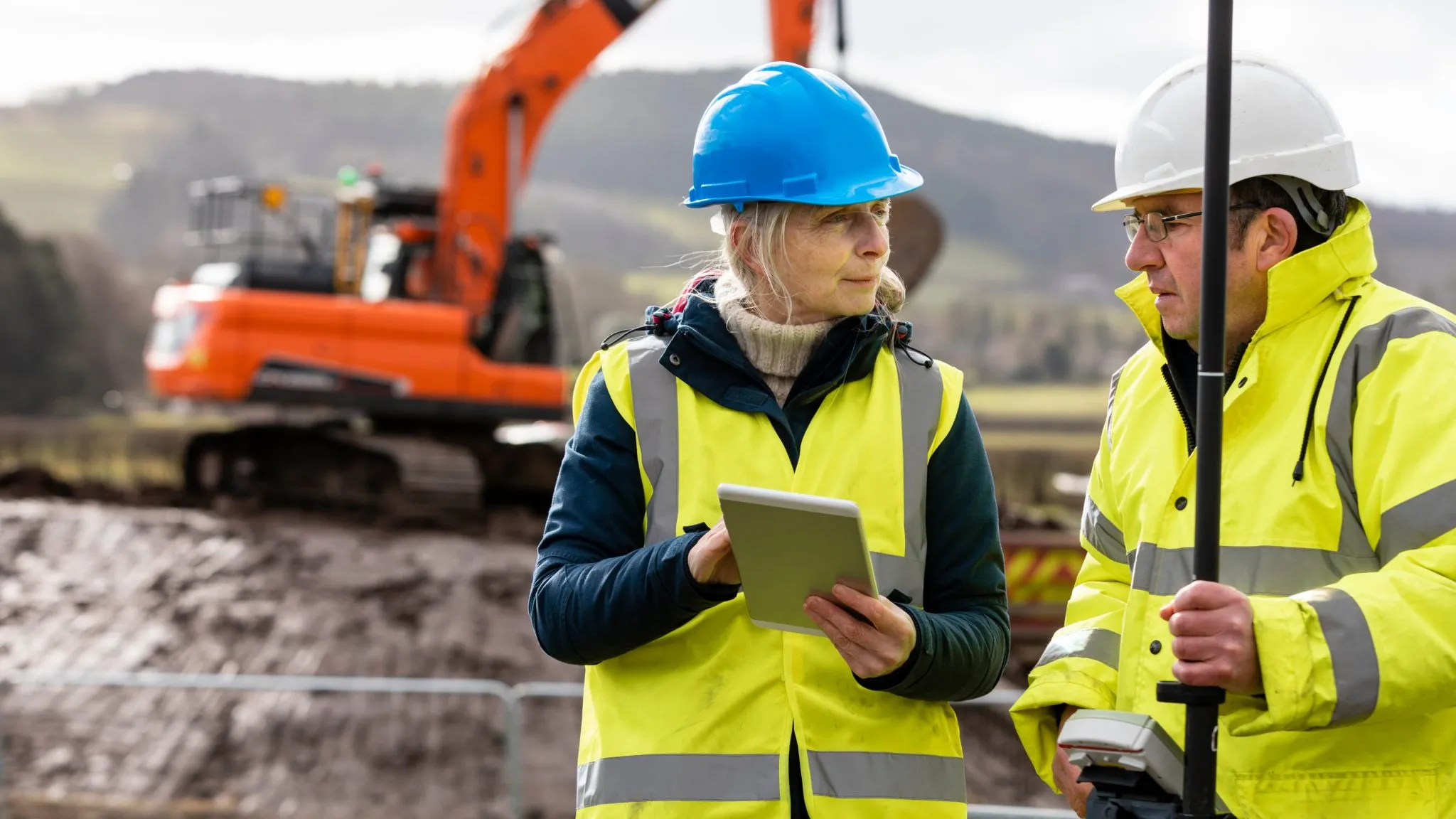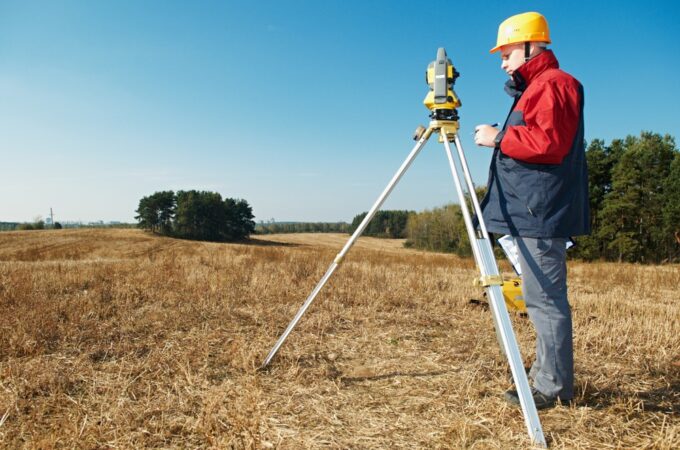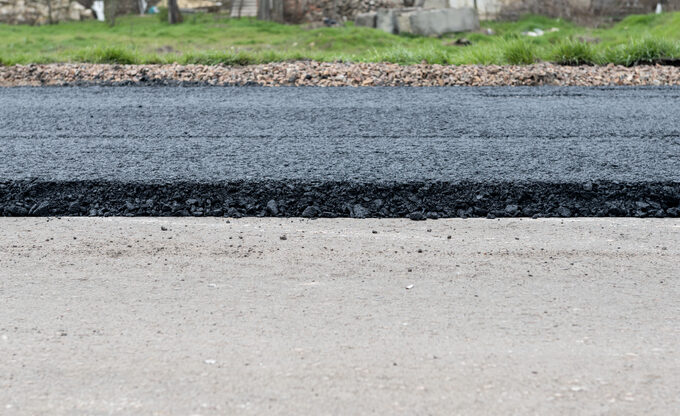
Modern Tracking Solutions in Construction Telematics
In its early forms, telematics has been around since the 1960s. That said, the majority of its advancements have come up recently.
It’s also not entirely shocking that the adoption of telematics exploded in recent years, especially in industries like construction, where monitoring assets and vehicles on a large scale has become necessary.
In our guide on construction telematics: modern tracking, we will discuss how solutions like Trackunit — a telematics construction fleet management software for site and equipment management — are revolutionizing modern tracking in the construction industry.
Why is tracking important in the construction industry?
Construction and equipment rental business owners have always experienced a hard time keeping track of their assets and inventory. The process was often manual and tedious, with little guarantee of accuracy. With so many pieces of equipment across so many different job sites, it was difficult for managers to make sure everything was accounted for.
On top of that, theft has always been prevalent in the field.
Unlike laptops or small devices that can be locked away in a safe, construction equipment is large and bulky and has to be left on job sites. This means it’s much more susceptible to theft and vandalism.
The National Insurance Crime Bureau and National Equipment Register report the theft of construction and heavy equipment amounting from $300 to $1 billion in the US every year. Now, account for other losses like downtime, improper usage, and maintenance issues. Wouldn’t the total sum be overwhelming?
Besides equipment, construction sites also need monitoring for their workforce. For example, managers have to monitor worker hours to ensure compliance with local laws and safety protocols. Likewise, they need to track vehicle usage and fuel consumption to ensure upkeep and reduce costs, respectively.
Tracking solutions in construction telematics
In the past decade, telematics technology has seen major improvements. Fortunately, this was not the only technological advancement in those 10 years. Other systems, like GPS and IoT (Internet of Things), saw improvements and even became integrated with telematics.

Together, they offer the following monitoring solutions for construction sites.
Equipment tracking
Construction equipment is not only expensive but also usually rented, which makes its safety paramount. Telematics technology allows managers to keep an eye on the construction equipment, irrespective of its location or the size of the job site.
For instance, the RFID (Radio-Frequency Identification) tags attached to equipment send real-time location updates to the manager’s dashboard. The manager can see if a machine is idle and send it to the location where it may be needed.
Theft prevention
Besides real-time monitoring, managers can also use geofencing to prevent theft. A geofence is essentially a virtual boundary set for a specific area. If the equipment crosses the geofence, the manager gets an alert through their dashboard to take reactive action.
This can help to mitigate theft, vandalism and unauthorized use of equipment. With effective software, managers will be able to keep tabs on multiple job sites.
Driver monitoring
In addition to tracking equipment, managers can also monitor operators for their time worked and safety. For one, managers can track the number of hours an equipment handler is working. This can help make sure that operators are alert and aren’t being worked overtime.
All of this data is available in real time. Managers can then analyze it to improve driver performance and maintain compliance with working hours.
Site monitoring
Construction site managers are also responsible for the overall safety and productivity of the site. Telematics systems provide a single dashboard where managers can see all this information to call the right shots at the right time.
Do better for your business with a fleet management solution.
As time progresses, construction telematics will only improve. Now that OEMs (Original Equipment Manufacturers) are adopting telematics systems, the industry can expect to see more advancements in these types of software systems.
What would we suggest construction managers do? Adopt this technology and integrate it into their construction processes for improvements in efficiency and safety.




